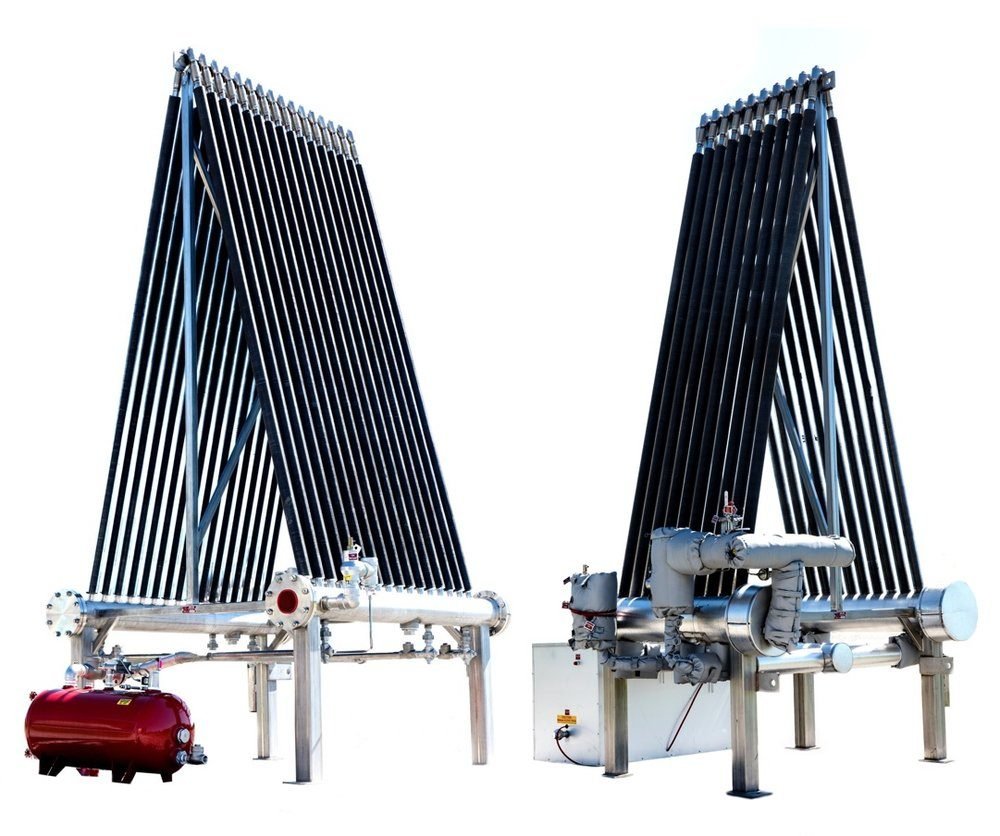When it comes to protecting the environment and keeping operations compliant, nothing quite matches the value of a well-installed, well-maintained air emissions control system. And yeah, if you’re working around unstable organic compounds (VOCs), you understand how essential the right setup is. Especially whilst we’re speaking about BTEX systems—the ones designed specially to handle benzene, toluene, ethylbenzene, and xylene emissions.
These structures aren’t simply plug-and-play. There’s a method to the madness. And getting that method right? That’s what separates efficient operations from regulatory nightmares. So let’s break it down: what matters when installing and maintaining your BTEX system for top-tier performance?
Start with the Right Site Setup
First thing’s first—location. BTEX systems need a spot that supports proper airflow, easy access for routine maintenance, and zero interference from other operations. Try installing one too close to high-traffic zones, and you’re setting yourself up for trouble down the line. Not to mention the safety risks.
Before you even think about connecting a single pipe, ensure the foundation is level, stable, and capable of supporting the system’s weight. Even minor tilts can affect drainage and efficiency, and in some cases, lead to premature component failure. Yeah, all from a crooked base—go figure.
And don’t forget the ventilation. These systems need space to breathe. Restrict airflow, and you’re choking your own emissions control process.
Piping, Connections, and Tight Seals
If there’s one thing you don’t want? Leaks. Period. VOCs escaping into the air doesn’t just defeat the whole purpose of a BTEX system—it can land you in serious hot water with environmental regulators.
All connections—whether you’re linking from storage tanks, separators, or wellheads—should be double-checked for tight seals. Use high-quality gaskets and clamps. No skimping here. A cheap part may save you $50 now but cost thousands in repairs, fines, or downtime later.
Another tip? Label your lines clearly. In the field, when everything starts looking the same, proper labelling can save tech hours during inspections or repairs. Trust me, it’s worth the extra 20 minutes upfront.
Electronics and Sensor Calibration
Most BTEX structures in recent times have included monitoring sensors to come across VOC concentrations, temperature fluctuations, and glide fees. These aren’t just bells and whistles—they’re crucial for optimizing machine performance and keeping off emergencies.
But—and that is a huge, however—they best work well if they’re calibrated. A misreading sensor is a silent liability. Don’t assume manufacturing unit calibration will be preserved for all time. Set up a timetable: month-to-month exams, quarterly calibrations, and immediate inspections if data seems off.
Oh, and keep a record. Regulators love documentation, and it helps your techs spot patterns if performance dips.
Mid-Life Booster: Tank Checks & Replacements
Around the middle of your BTEX system’s service life, you’ll want to start paying extra attention to your 10 gallon environmental tank (or whatever size your unit’s rocking). This tank plays a pivotal role in temporarily holding recovered liquid hydrocarbons. Is it corroded, cracked, or developing residue build-up? That’s a ticking time bomb.
Draining and inspecting it regularly is a must—don’t just “eyeball it” through the sight glass. Every six months is a good rhythm for most setups, though more aggressive operations may need quarterly check-ins.
If the tank’s seen better days, replace it. Don’t wait for failure. And when you do, use tanks rated for chemical resistance and pressure variance. Some folks try to substitute general-use containers to cut costs. Spoiler alert: that never ends well.
Routine Maintenance—The Heart of Longevity
Now for the unglamorous but essential part: regular maintenance. Look, no one gets jazzed about cleaning filters or replacing seals, but this is where system performance is made or broken.
Here’s a sample checklist worth keeping on your breakroom wall:
- Inspect all lines and seals weekly
- Check flow rates and pressure levels monthly
- Clean air filters and moisture traps monthly
- Calibrate sensors quarterly
- Drain the 10-gallon tank bi-monthly or as needed
- Do a full system audit annually
You don’t need fancy software to track this. A laminated dry-erase chart or shared spreadsheet will do just fine. What matters is consistency.
Train Your Team (Yes, All of Them)
One mistake companies make? Assuming only the tech crew needs to know how the BTEX system works. Nope. Everyone who works nearby should understand the basics—what the system does, what warning signs to look for, and how to respond if something seems off.
A 20-minute training session can prevent days of downtime and costly repairs. Plus, having more eyes on the lookout means small issues get caught before they turn into disasters.
Wrapping Up (But Not Literally)
BTEX systems are like high-performance machines. Treat them like an afterthought, and they’ll become one—on your budget and your sanity. But with a little attention during installation and a steady hand during routine maintenance? They’ll serve you well for years.
Is it a bit of work? Sure. But when you think about what’s on the line—cleaner emissions, smoother operations, regulatory compliance—it’s more than worth it.

